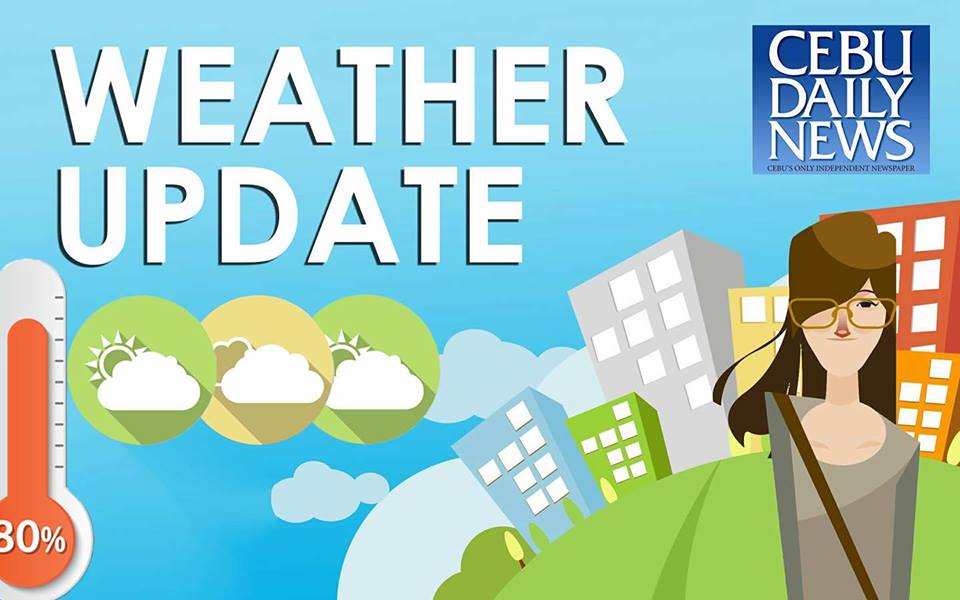
Pagasa Central Visayas chief Oscar Tabada said the weak La Niña may cause above-normal rainfall and heavy flooding.
He said based on their assessment on international weather prediction centers, it may last until March next year.
“From the La Niña watch that was issued last October, there will be an incoming advisory on the first week of December,” he said.
Anna Solis, officer in charge of Pagasa’s Climate Monitoring and Prediction, said heavy rainfall will be prevalent in the regions of Visayas and Mindanao from December to February.
But Solis said there will be slightly warmer temperatures in varying degrees from time to time in different areas.
She said one to two tropical cyclones are to be expected before the year ends. It may bring cold surges over the region.
“La Niña conditions are predicted to continue 75 percent through the Northern Hemisphere winter (January-March) season,” Solis said. Tabada advised the public to take precautionary measures.
“The dry months are from February to April, but based on our models, it is possible it won’t be dry anymore due to La Niña,” Tabada said.